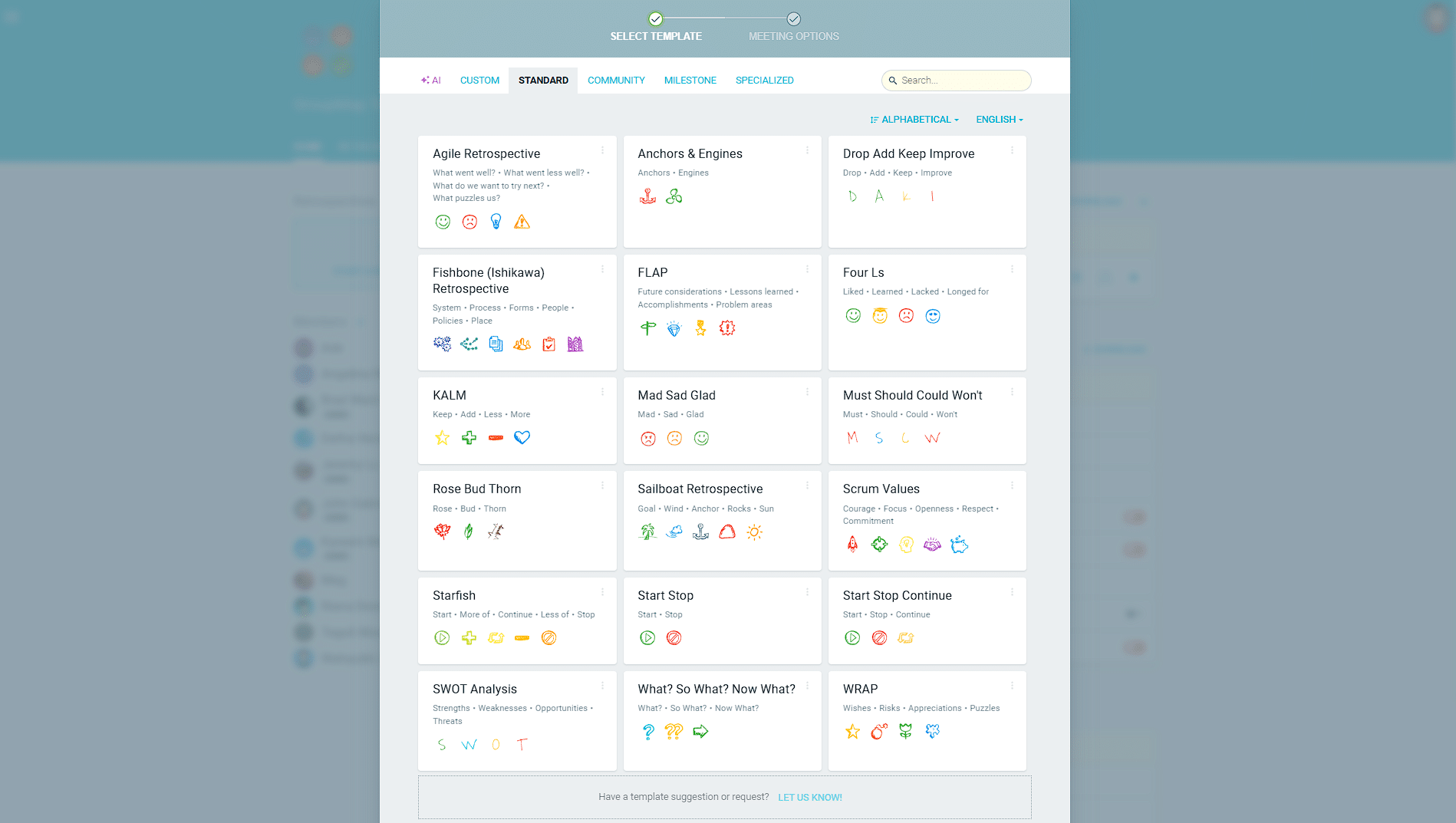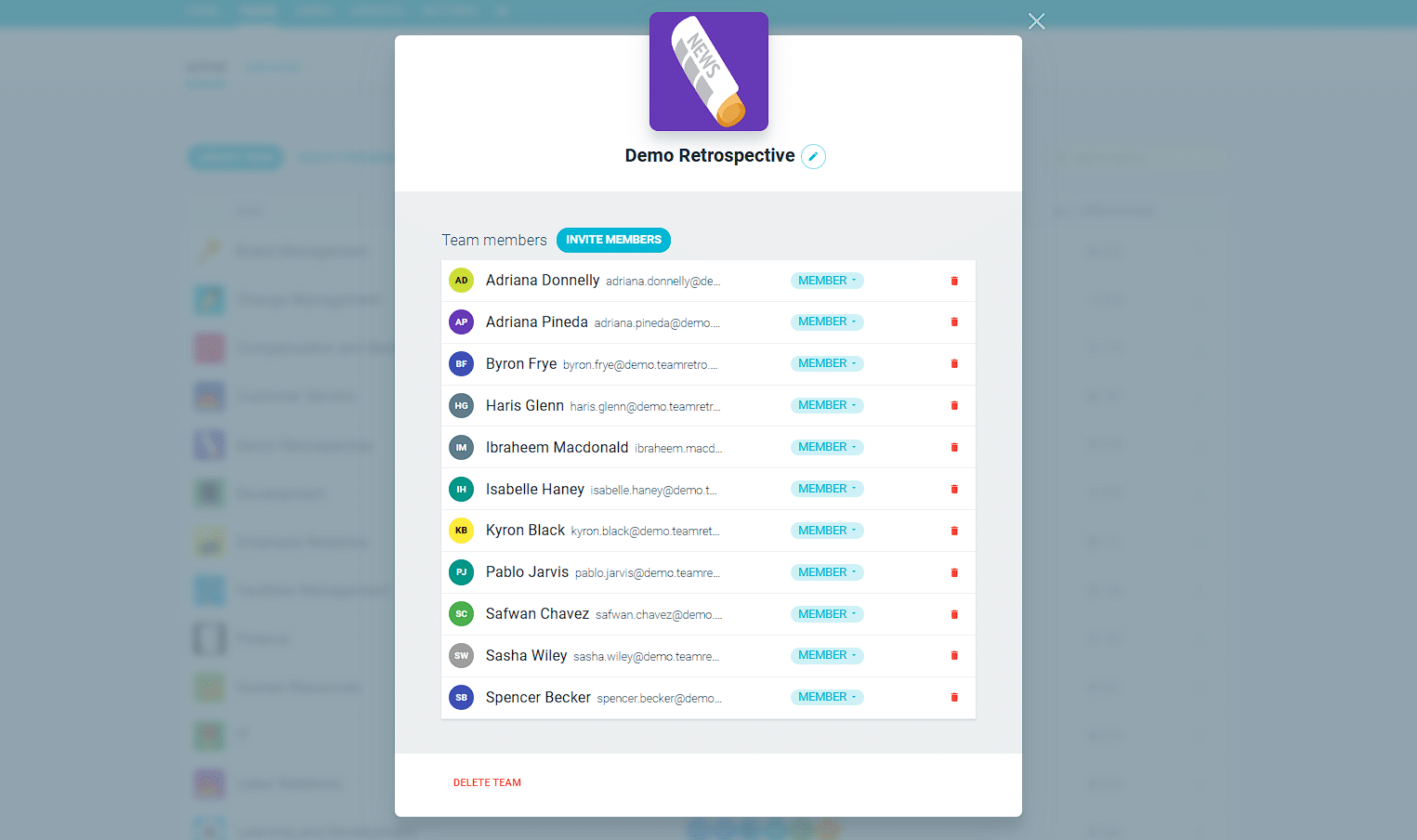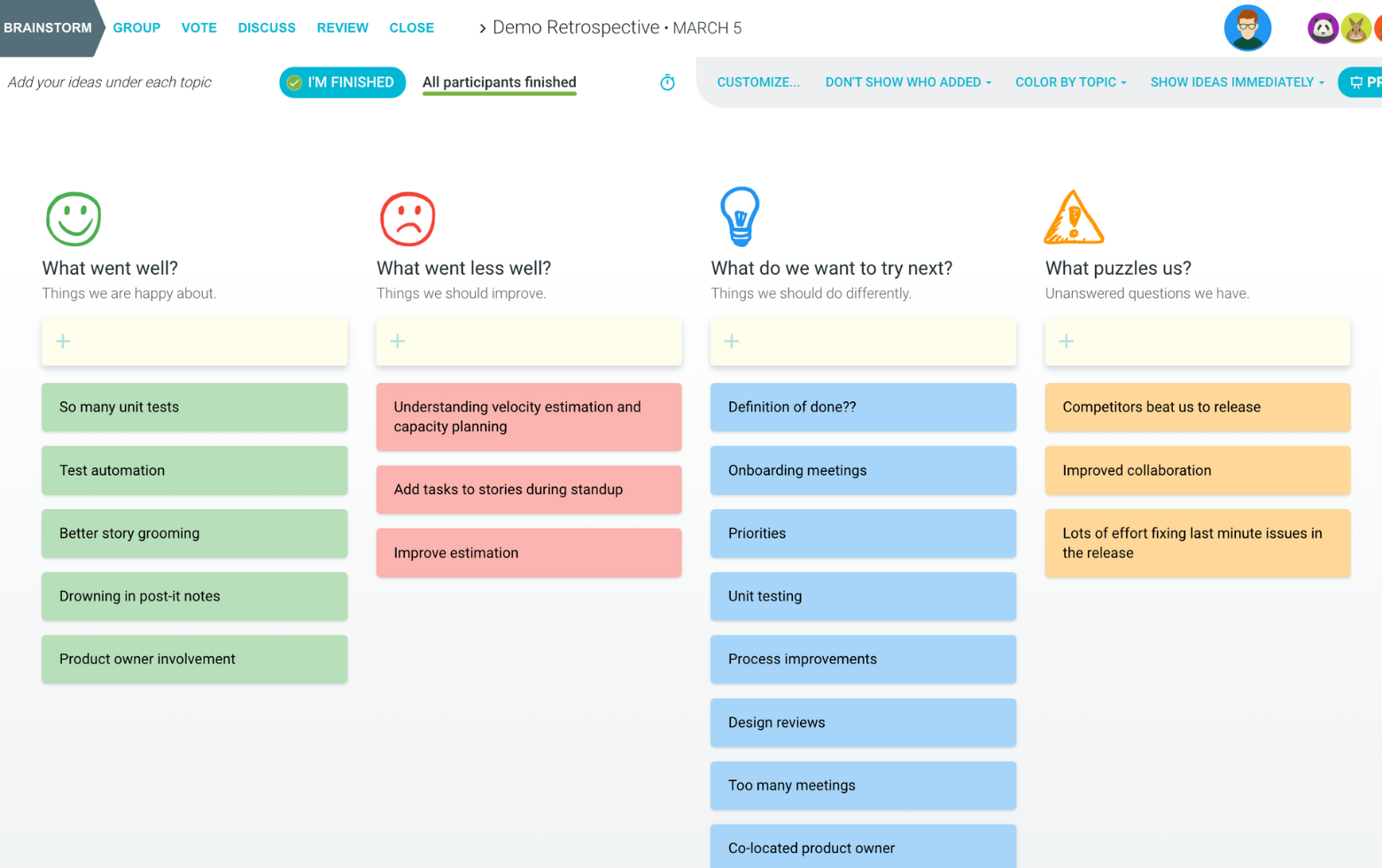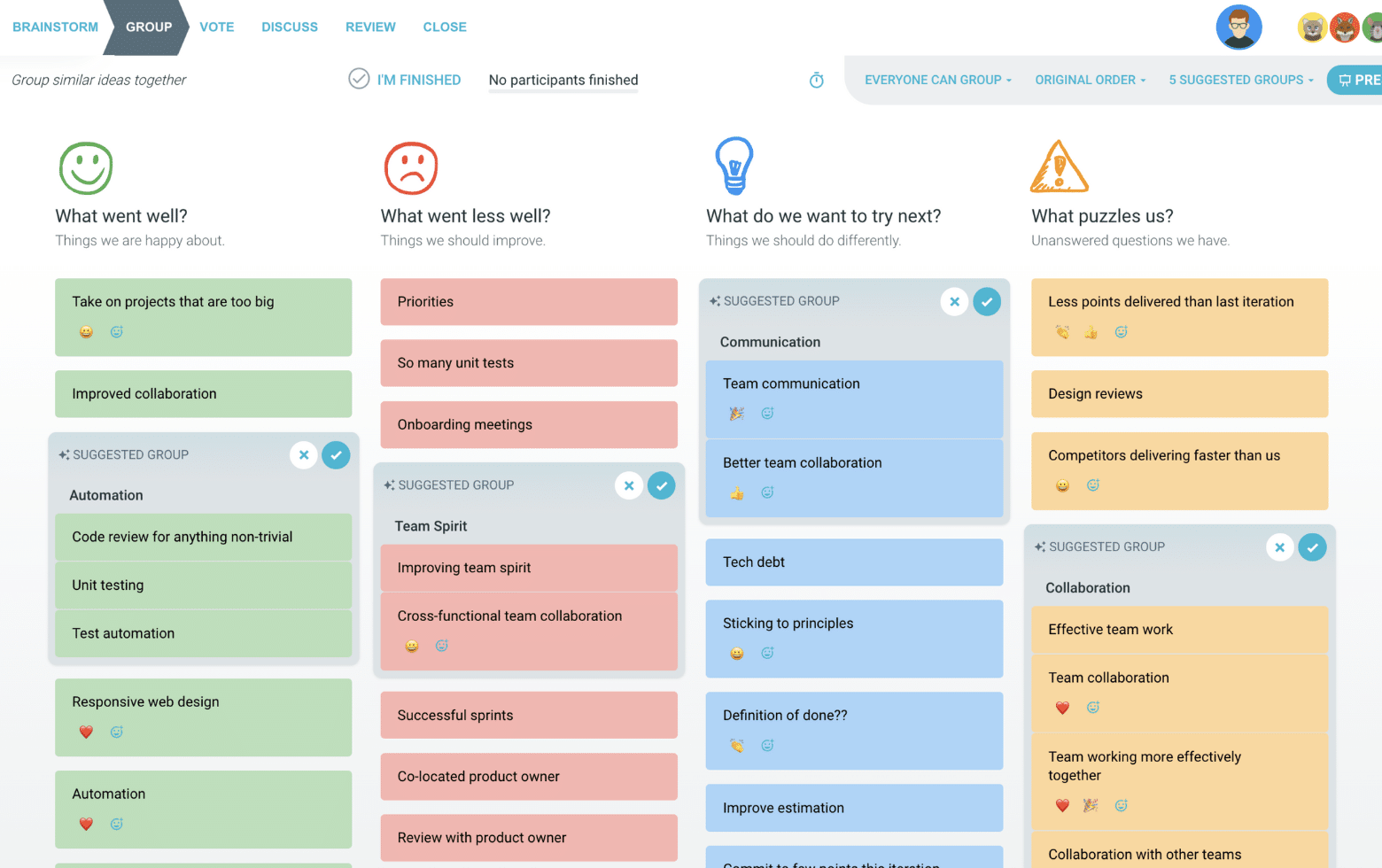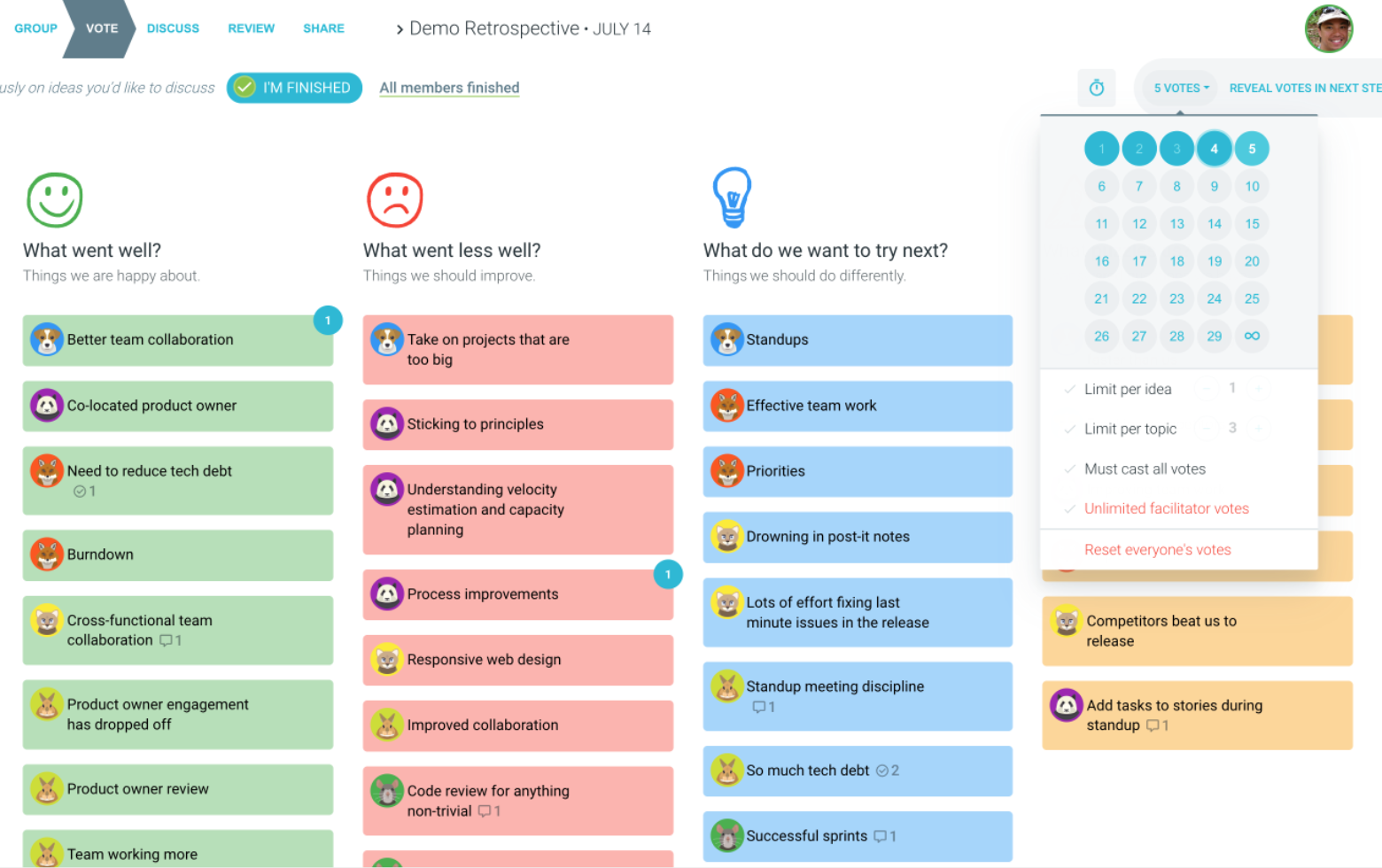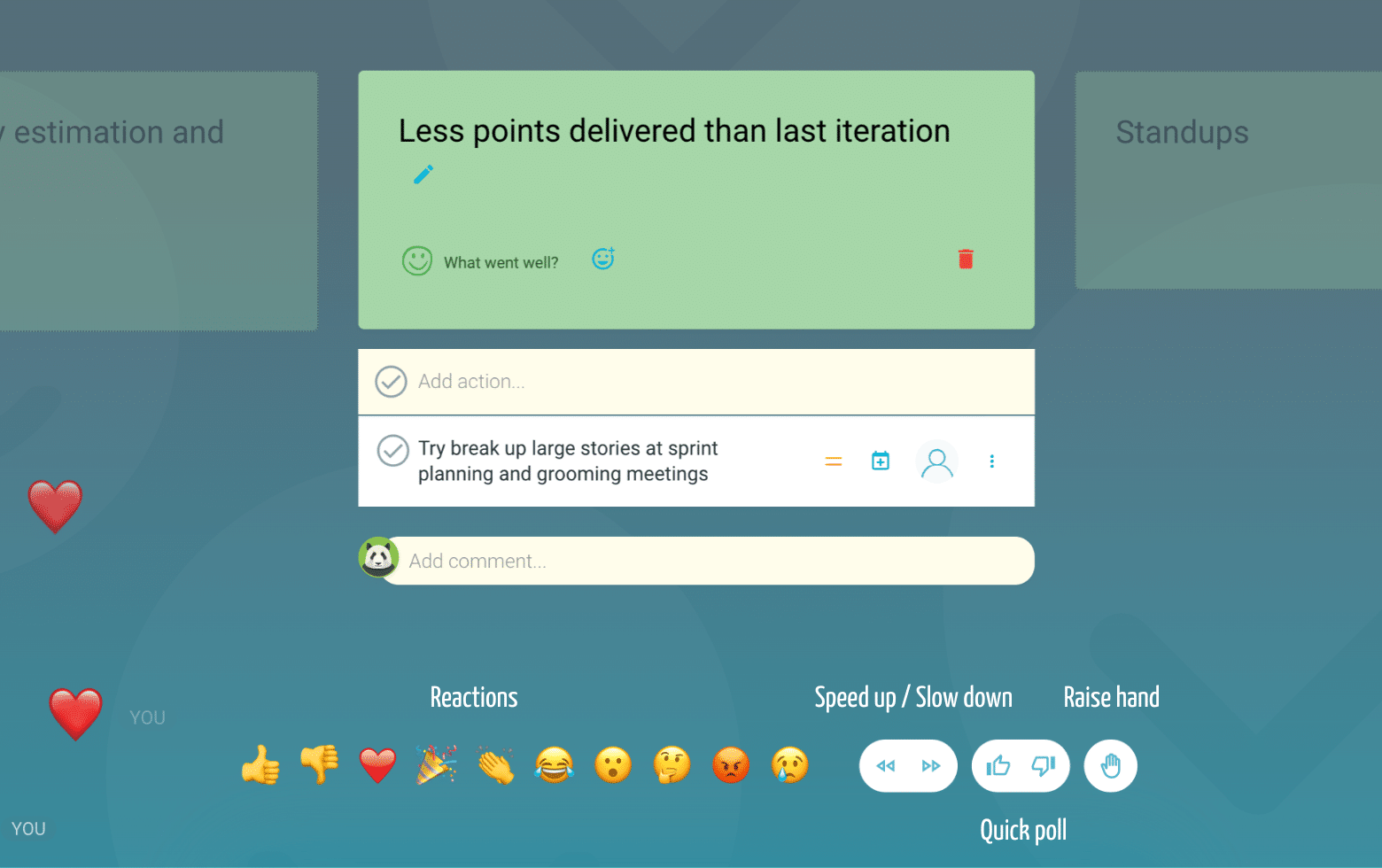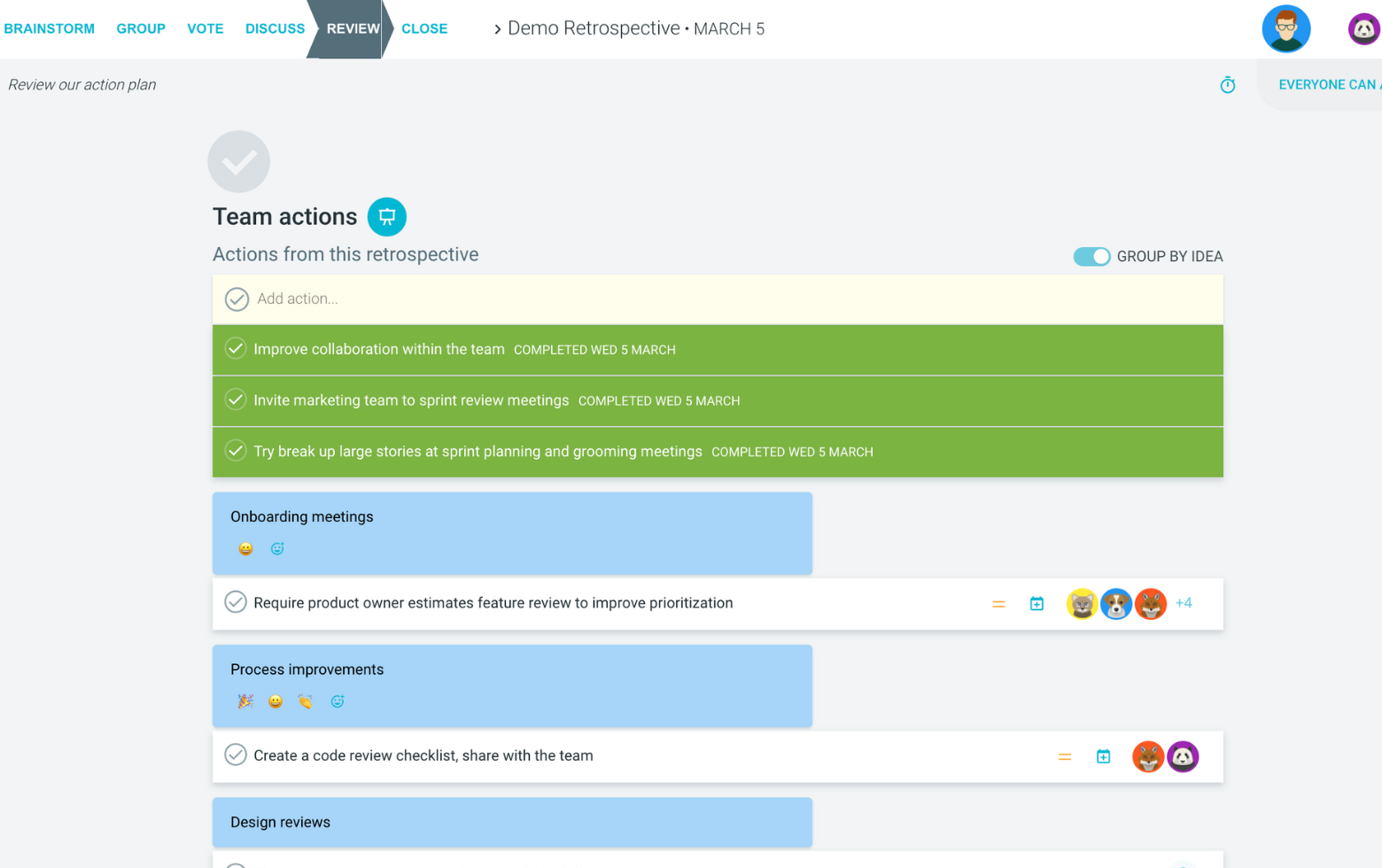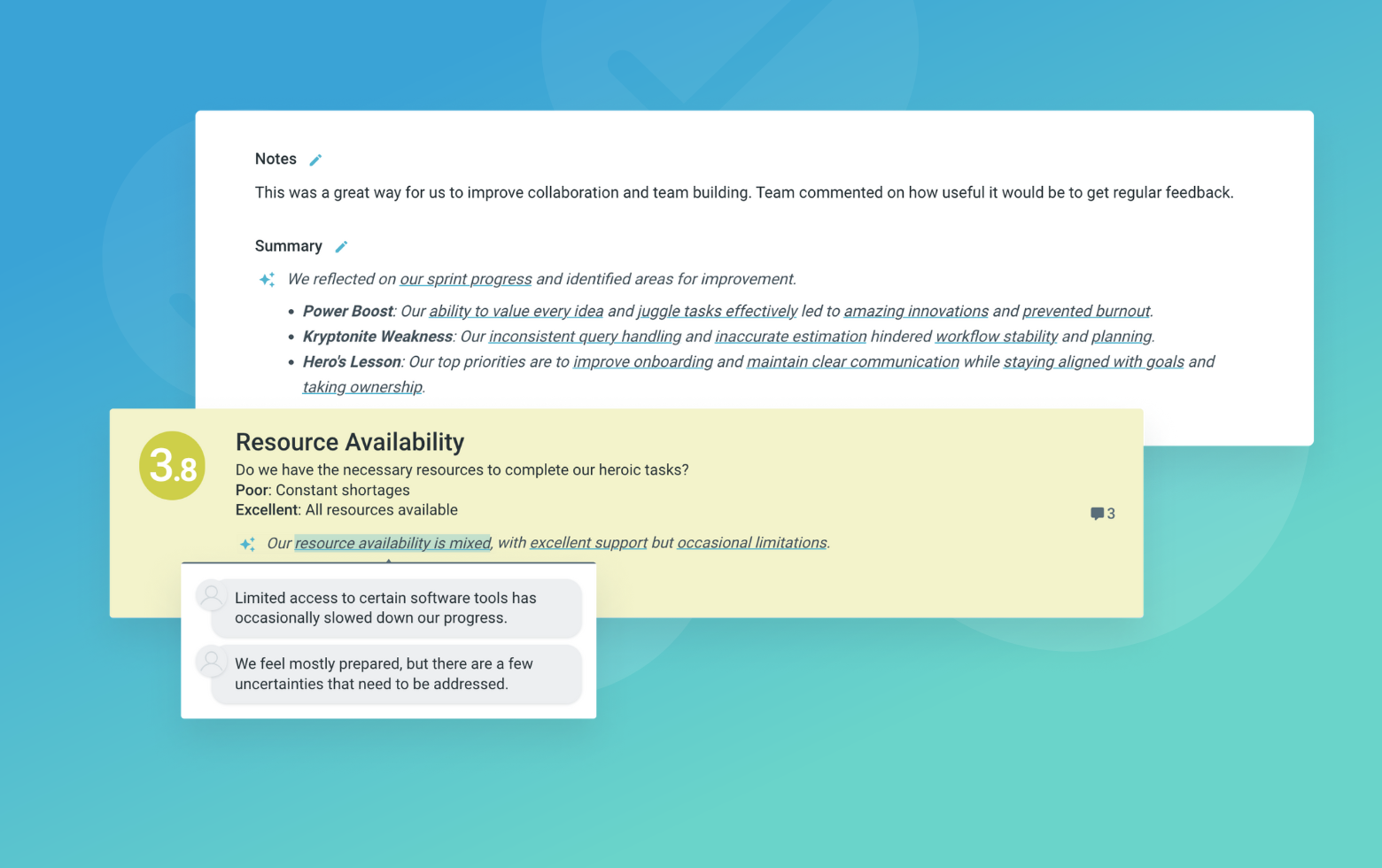The Budget Planning Futurespective is a forward-looking exercise that helps teams align on strategic priorities and allocate resources accordingly. By envisioning desired future outcomes and initiatives, teams can make informed budgeting decisions that support their long-term goals.
This collaborative activity encourages open discussion and creative thinking around potential opportunities, challenges, and investments needed to drive the organization forward. It combines elements of strategic planning, budgeting, and futurespective techniques to foster alignment and ensure resources are allocated effectively.
The Budget Planning Futurespective was developed by financial planning experts to bridge the gap between high-level strategy and practical resource allocation. It has been widely adopted by organizations seeking to make data-driven budgeting decisions that align with their vision and priorities.
What is The Budget Planning Futurespective
Strategic Initiatives
What new initiatives or projects should we prioritize in the upcoming budget cycle?
This topic encourages participants to think big and propose bold ideas that could drive the organization forward. Facilitators should create an open and judgment-free environment where all ideas are welcomed and considered. Remind participants to think beyond the current fiscal year and envision long-term strategic initiatives that could have a significant impact.
Revenue Streams
What existing or new revenue streams should we focus on to drive growth?
This topic prompts participants to evaluate current revenue sources and explore potential new streams. Facilitators should encourage a balanced discussion, considering both short-term and long-term revenue opportunities. Remind participants to consider market trends, customer demands, and competitive landscapes when proposing ideas.
Cost Optimization
Where can we optimize costs or streamline operations to improve profitability?
This topic encourages participants to identify areas for cost savings and operational efficiencies. Facilitators should emphasize the importance of balancing cost optimization with maintaining high-quality standards and customer satisfaction. Encourage participants to think creatively and challenge traditional assumptions about expenses and processes.
Growth Investments
What investments should we make to fuel long-term growth and competitiveness?
This topic focuses on identifying strategic investments that can drive sustainable growth and maintain a competitive edge. Facilitators should encourage participants to think beyond short-term gains and consider long-term implications. Remind participants to consider factors such as market trends, emerging technologies, and customer preferences when proposing investment ideas.
Suggested icebreaker questions
- If you had an unlimited budget for one year, what would be your top priority for investment?
- Share a time when a strategic investment paid off significantly for your organization or team.
Ideas and tips for your retrospective meeting
- Encourage participants to think beyond the current fiscal year and envision long-term strategic initiatives.
- Provide relevant data and market insights to inform discussions and support proposed ideas.
- Ensure a diverse range of perspectives and roles are represented to capture a comprehensive view of the organization's needs.
- Prioritize ideas based on their potential impact, feasibility, and alignment with the organization's overall strategy.
- Establish clear decision-making criteria and processes to facilitate effective budgeting decisions.
- Document the rationale behind budgeting decisions for future reference and accountability.
.
How to run effective meetings with TeamRetro
Start Your Session in a Click
Log into TeamRetro and choose your template. Customise questions and the workflow to create your perfect retro for your team.
Create Your Team Easily – No Separate Accounts Needed
Brainstorm Individually – Free From Bias
Smart Grouping for Faster Insights
Fair, Flexible, and Fast Voting
Engage, React, and Capture Key Insights
Walk your team through ideas one by one with Presentation Mode. Stay in sync, spark real-time discussions, and capture feedback with comments, live reactions, and polls—all in one place.
Turn Ideas Into Action
Propose next steps with team buy-in, get AI-powered action suggestions, and keep everything in one place. Committed actions sync to your personal dashboard and integrate with your workflow tools—keeping you on track.
Save, Share, and Stay on Track
Get quick AI-powered summaries, add facilitator notes, and store retrospectives in your library for easy access. Schedule your next session and track published actions to keep your team accountable at the next retro.
Turn Team Data into Actionable Insights
Uncover trends, common themes, and key engagement metrics at a glance. Track sentiment shifts, analyze conversations, and monitor completed actions to drive continuous improvement.
